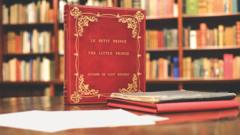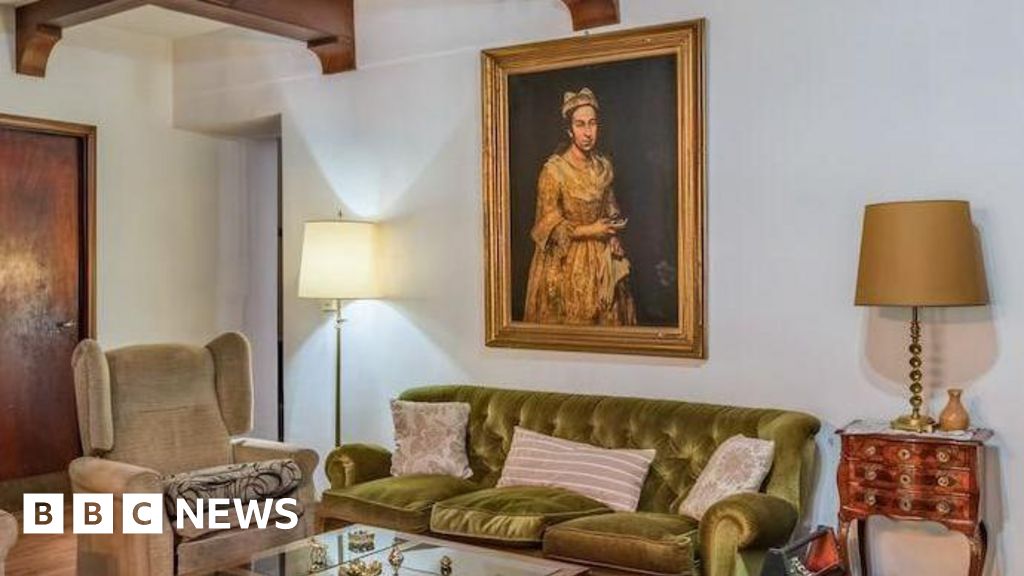A remarkable typescript of "The Little Prince," one of the most cherished children’s books ever written, is poised to go on the auction block for an astonishing price of $1.25 million (£963,313) at the upcoming Abu Dhabi Art Festival in November. This particular typescript was crafted in New York by its author, Antoine de Saint-Exupéry, while he was exiled from Nazi-occupied France during the 1940s. Notably, it is one of only three known copies that remain.
The typescript features handwritten notes and sketches from Saint-Exupéry, further amplifying its uniqueness. As Sammy Jay, a senior literature specialist from Peter Harrington Rare Books, the seller, articulated, owning such a "typed manuscript" is an "extremely rare event."
Originally penned in French as "Le Petit Prince," the story was brought to life during World War II while Saint-Exupéry was living in exile in New York. Published in 1943, the narrative follows a lost pilot who encounters a small boy known as the Little Prince, who shares enlightening wisdom about love and human nature. An aviator himself, Saint-Exupéry vanished during a reconnaissance mission for the Free French air force, adding a layer of poignancy to his already celebrated legacy.
This particular typescript comes with the added allure of two sketches of the Little Prince, reflecting Saint-Exupéry's artistic vision. The original handwritten manuscript resides in New York, while the other two known typescripts are housed in France's national library and the Harry Ransom Center in Texas. According to Jay, Saint-Exupéry gifted the other two typescripts to friends before his fateful disappearance, but the third remained unsold and hidden in a private collection in France for decades, making its auction a significant event.
Jay expressed excitement about the discovery, emphasizing the ongoing pursuit of unique literary artifacts. The typescript exhibits traces of Saint-Exupéry's creative process, including annotations, edits, and even evidence of stubbed-out cigarettes, providing a glimpse into the author's daily life at that time.
Perhaps most intriguingly, it features what many believe to be the inaugural written appearance of one of the book's most famous quotes: "It is only with the heart that one can see rightly; the essential is invisible to the eye." With such significance, this typescript is deemed "much more intimate" than the other known copies, showcasing the author's personal touch.
As "The Little Prince" continues to hold a prominent place in global literary heritage, potential buyers from around the world, including museums and libraries, may vie for this extraordinary piece of history, recognizing its cultural importance beyond Europe.

















